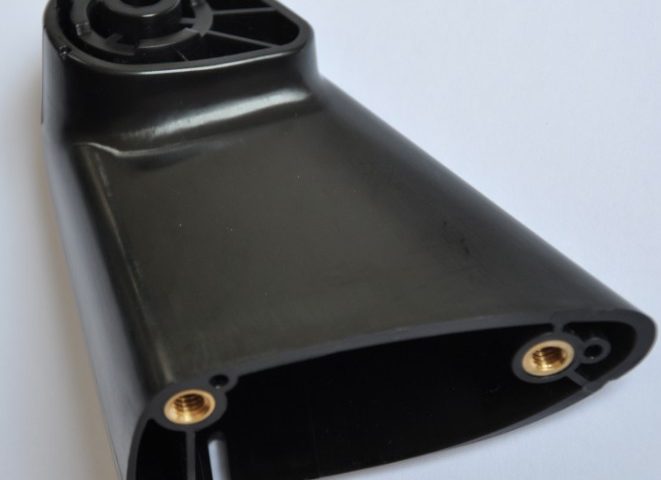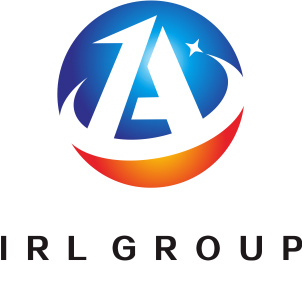Laser Weld Repair of Molds

China mold maker take more than half business in mold field
May 19, 2017
More Plating Tips for Plastic Injection Molded Parts
May 19, 2017Laser Weld Repair of Molds

Since the 1970s, the nuclear weapons industry has used the pulsed neodymium-yttrium-aluminum-garnet (Nd:YAG) laser welding process for the joining of intricate/heat-sensitive components. The characteristically high-power density of this process yields the lowest heat input fusion welding process available to the industry. Today, this technology is being used to repair molds.
The mold repair work was initiated with the question, “Do you think you could repair mold steels using the laser and some filler material?” The answer, “No problem with a supply of small-diameter filler wire and years of adding filler materials to enhance the weldability of weapon component materials.”
The mold industry readily has accepted this process and, in the past five years, more than 3,500 molds have been successfully repaired for mold shops throughout the country. Two multipulsed, fully-automatedCNC lasers with four-axis motion systems and two single-pulsed manual laser systems are used for the laser weld repair of molds.
Pulsed Nd:YAG Laser Welding Process
Laser weld mold repair is accomplished by the addition/placement of filler material between the worn/damaged mold surface to be repaired and the laser beam, which melts the filler material with the mold material – yielding a built-up surface that is slightly higher than the original part dimensions. The addition of filler material can be done both manually and automatically.
Manually, the wire is held by hand in intimate contact with the mold material to be built up. This is a relatively slow but very effective process. The skill level required for manual repair varies considerably depending on the application.
Automatically, an automated filler wire feed system integrated with one of the automated pulsed Nd:YAG laser welding systems – which greatly enhances welding speed and weld consistency for mold repair – is used in this process. This system was developed in the mid-1980s for the purpose of adding filler material with the Nd:YAG pulsed welding process to enhance the weldability of difficult-to-weld alloys, which make up some of the nuclear weapon components. Wire diameters from 0.010 in. to 0.020 in. have been used with the automated filler wire feed system for mold repair. The skill level of the welding operator now is reduced dramatically with the use of the automated filler wire feed system, and welding speed is greatly increased.
Hardness of the Resultant Weld Metal
The hardness of the resultant weld metal varies depending on the following:
Mold material being repaired.
Type of filler material used.
Laser parameter selection, which influences the dilution of the filler material with the base mold material.
Hardness data has been obtained for a variety of base mold material/filler wire type combinations – the mold base materials analyzed include S-7, H-13, P-20 and 420 SS.
Mold Materials Successfully Repaired
The following materials have been successfully laser weld repaired: S-7, H-13, P-20, NAK-55, D2, A2, A6, M2, 410 SS, 420 SS, 440 SS, Elmax, Aermet, CPM9V, aluminum alloys, copper beryllium and amcoloy 940.
Mold materials are complicated materials to effectively weld with any welding process. A welding metallurgy engineering background is a necessity in understanding how these base materials interact with the heat of welding and the type of filler material used. The more that the material interaction is understood, the lower the chance of future damage/failure in the repair area.
In particular, cracking of the weld must be avoided. Cracks in these relatively hard materials can propagate rapidly, leading to failure of the part. The use of the wrong filler material or improper welding techniques easily can lead to cracking in the weld. Metallographical analysis for the different filler wire/base material combinations and thorough visual inspection should be completed. In general, the higher the carbon content, the higher the crack sensitivity in the weld.
Aluminum and copper alloy materials pose an interesting challenge for laser weld repair because of the high inherent reflectivity of these materials to the 1.06-micron Nd:YAG laser light. Special techniques have been developed for the repair of these alloy types.
Process Advantages
When compared with other welding processes, laser welding has the following advantages:
No undercut/sink of the weld or base metal surrounding the welded area when proper techniques have been used.
Minimal heat input to the mold base metal resulting in no or the lowest possible distortion to precision features in close proximity to the weld repair area.
Minimal weld metal deposited resulting in minimal machining to restore the part to its original dimensions.
Hard, tough resultant weld metal attributable to the fine grain structure of the weld metal, which is a result of the extremely rapid solidification of the laser weld.
Extremely precise control of the weld metal location, which allows for welding within a few thousands of an inch of features that are not to be disturbed on the mold.
Little to no discoloration of the weld and the surrounding base material.




